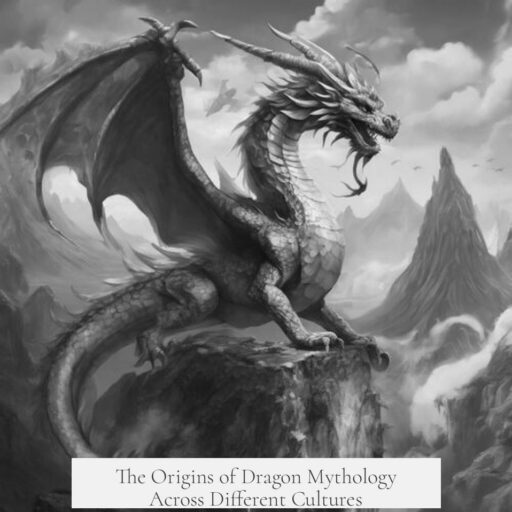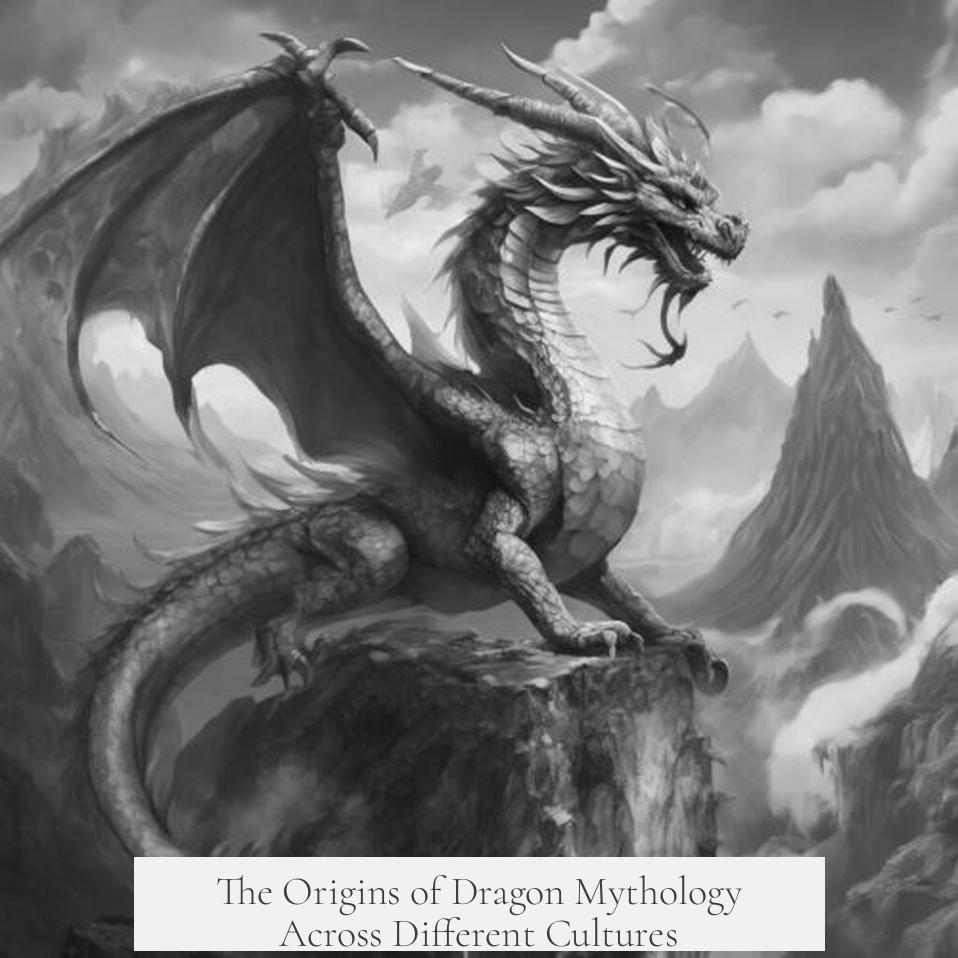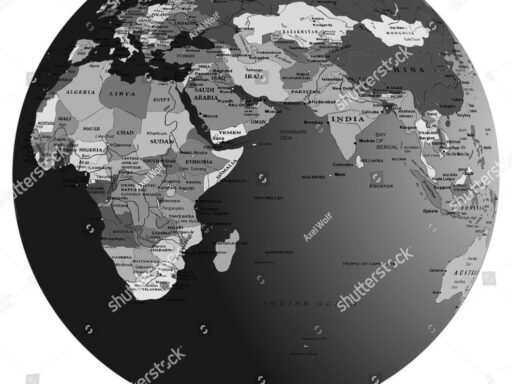The origin of dragon mythology traces back to multiple ancient cultures, arising independently across the globe yet exhibiting common traits due to shared human fears and environmental observations.
Dragons frequently appear as large serpentine creatures. Both Western and Eastern dragons likely evolved from the archetype of a giant serpent. Early depictions, particularly in Eastern Europe and the Near East, emphasize serpentine forms with varying features such as wings and legs. The similarity does not stem from a singular source but from common human instincts and the animals familiar to each culture.
East Asian dragons date back at least to the 5th millennium BCE, evidenced from Hongshan, Lingyong, and Yangshan cultures in China. These dragons initially resemble snakes or crocodilian reptiles. The Shang dynasty refined this image, suggesting continuous evolution of dragon symbolism. The Chinese dragon represents water, weather, power, and prosperity. The Han dynasty further shaped dragon mythology by linking dragons to imperial authority and ancestral lineage, emphasizing auspiciousness and wisdom.
In contrast, European and Near Eastern dragons have roots in Proto-Indo-European culture from around 6000-4500 BCE. Myths from these regions frequently portray dragons as multi-headed serpents blocking rivers or waters, symbolizing chaos. A heroic figure, often associated with storms, must defeat the dragon to restore order. Early dragons closely resemble giant snakes, but Near Eastern variants combine lion and serpent traits. Eventually, European dragons adopt fire-breathing and winged features influenced by Greco-Roman mythology. Western dragons are typically destructive, unintelligent, and bad omens, revered only through the symbolism of dragon-slaying heroes.
The English word “dragon” derives from the Greek δράκων (drakōn), meaning a large serpent. The term passed through Latin and Old French before entering English in the 13th century. The Greek root connects to the verb meaning “I see,” possibly referencing the deadly glare attributed to dragons in mythology.
Several hypotheses exist for the universal emergence of dragon myths. One suggests humans inherited an instinctive fear of snakes and apex predators, which dragons symbolize. Another argues that fossil discoveries of massive prehistoric animals, such as dinosaurs, inspired myths of dragons with gargantuan size. For example, “dragon bones” in China historically referred to fossils used in traditional medicine. A further hypothesis views dragons as mythic representations of natural phenomena like storms, droughts, and rainbows, which ancient people personified as powerful creatures to explain environmental events.
Several ancient mythologies showcase early dragon-related figures. In Egypt, Apep, a serpentine monster, embodies chaos and destruction linked to natural calamities. The ouroboros, a serpent eating its tail, symbolizes eternity and appears in Egyptian art. Mesopotamian lore mentions the mušḫuššu, a dragon-like serpent symbolizing divine power. Tiamat, a Babylonian chaos goddess, is depicted as a monstrous serpent or dragon. The Levant has multi-headed sea dragons such as Lōtanu, symbolizing chaos defeated by storm gods, paralleling Indo-European dragon-slaying themes.
Asian dragons commonly differ from their Western counterparts. Chinese dragons are benevolent, linked to yang energy, fertility, rain, and imperial power. Japanese dragons, influenced by Chinese mythology, blend local and imported elements. In these cultures, dragons lack wings yet embody wisdom and prosperity, contrasting with the often malevolent, fire-breathing Western dragons.
Some unusual regional theories propose different sources for dragon myths. In Australia, certain giant creatures like whales or megafauna may have inspired dragon legends. India notably diverges, with no true dragon figures but instead the Nāga—serpent deities evolving from snake lore within Indosphere cultures.
| Aspect | Eastern Dragons | Western Dragons |
|---|---|---|
| Origin | Ancient China (5th millennium BCE) | Proto-Indo-European culture (6000–4500 BCE) |
| Form | Serpentine, wingless, four-legged | Multi-headed serpents, winged, often horned |
| Symbolism | Prosperity, weather control, wisdom, imperial power | Destruction, chaos, evil, fire, ignorance |
| Mythology Role | Auspicious and protective | Enemy to heroic figures, menace |
| Cultural Spread | Chinese → Japan, Korea, Vietnam, Thailand | Europe, Near East, later medieval Germany |
Dragons almost certainly developed independently in various cultures. Early trade routes like the Silk Road enabled minor cross-influences, but these were limited until modern times. Western dragons, through medieval and later fantasy literature, began acquiring more mystical attributes and intelligence similar to Eastern dragons. Asian dragon imagery influenced global popular culture, including role-playing games like Dungeons & Dragons.
Key points on dragon mythology origins:
- Dragons originated mostly as mythic giant serpents in different cultures.
- Eastern dragons have water and weather associations, construed as wise and auspicious.
- Western dragons symbolize chaos, destruction, and fire, often antagonistic.
- The word “dragon” has Greek roots connected with “seeing,” emphasizing sinister gaze.
- Universal fears of snakes and discovery of fossils influenced myths.
- Dragons served as symbolic forces to explain natural phenomena.
- Dragons appear in ancient Egyptian, Mesopotamian, Levantine, and Asian mythologies independently.
- Regional beliefs vary, reflecting environment, culture, and historical interactions.




